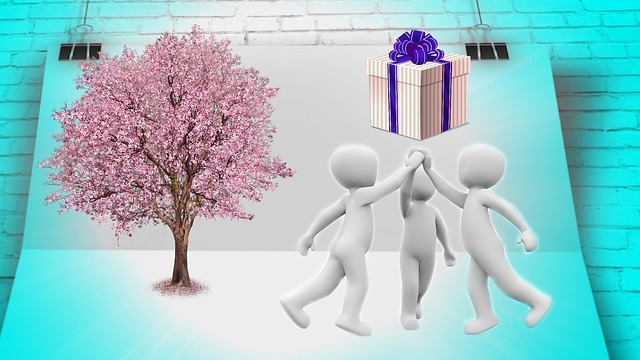Many loyalty programs do not stand alone. Frequent flyer programs and hotel loyalty programs take on partners such as other airlines, hotels, restaurants, banks, and retailers. Other programs, such as Fuel Rewards in the US and Air Miles in Canada, are by design a coalition of businesses that come together to share a common program currency and reward structure. For consumers, such coalition programs are great because they allow consumers to earn points faster through many different means. But what about the participating businesses? Is it worthwhile to be part of such a program? If you do, should you set a generous point earning and redemption policy? In today’s Research Focus feature, I find some answers in a recent Marketing Science Institute Working Paper (Report No. 19-101) by Professor Stourm and her colleagues.
What Did They Do?
The researchers looked at a credit card based coalition loyalty program in Europe. In the program, card holders earn points by shopping at various partner businesses. Each participating business decides its own reward ratios, from less than 1% up to 3%. When a preset reward threshold is reached, consumers are automatically issued a reward voucher that they can use toward future purchases. Participating businesses can choose whether they accept reward vouchers or not. Accepting reward vouchers comes at a short-term cost as the program operator reimburses only 90% of the values of the vouchers.
In their analyses, the researchers focused their attention on one particular European city. They studied 1,636 consumers that used their card at least once across 40 partner stores located in the city. The research team was interested in finding out whether offering rewards created positive or negative impact among these partner stores, what businesses benefited, and how point devaluation as a result of an overall program policy change affected the landscape.
Continue reading “Research Focus: Who Benefits in a Coalition Loyalty Program?”

